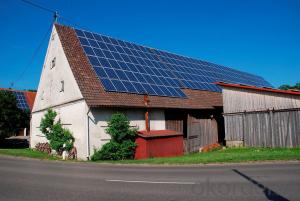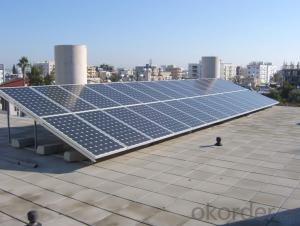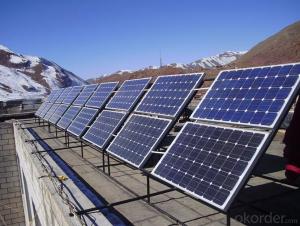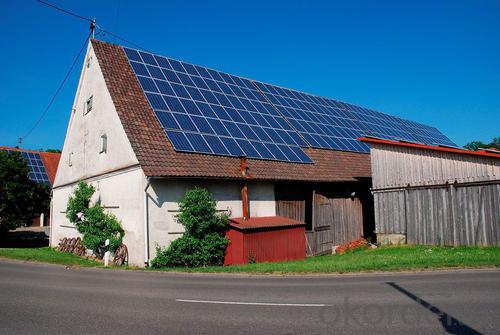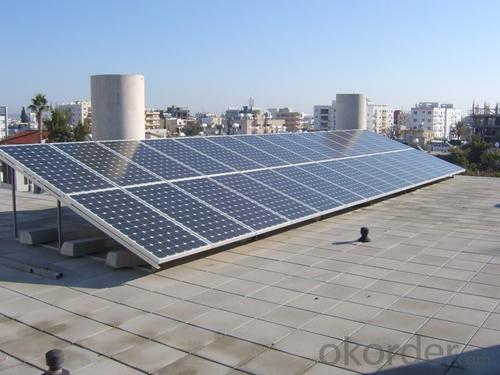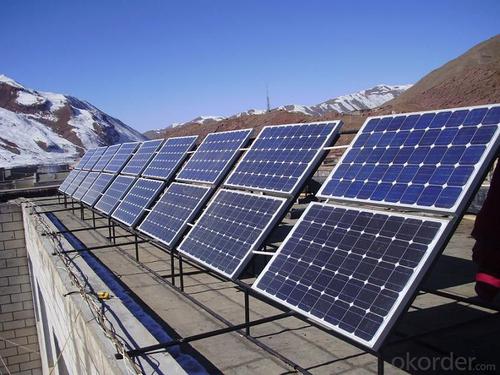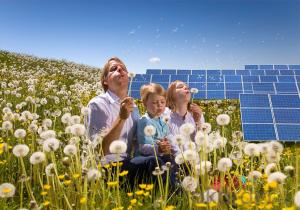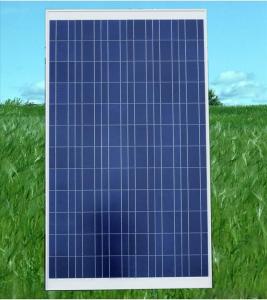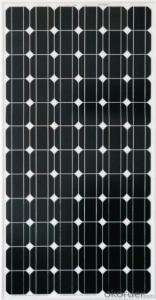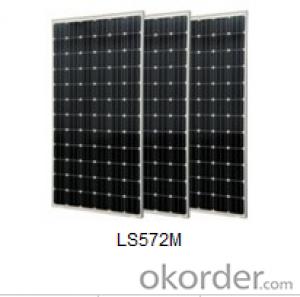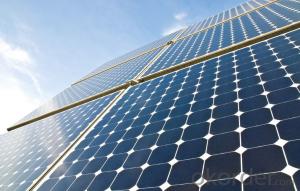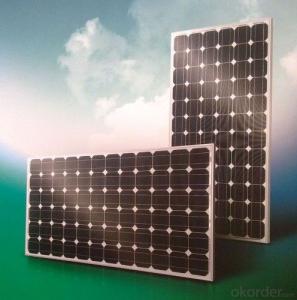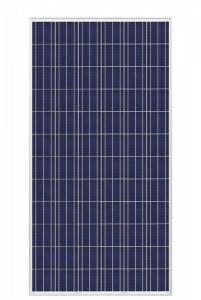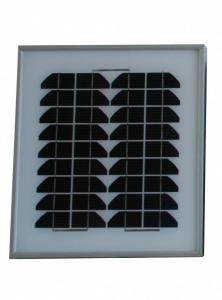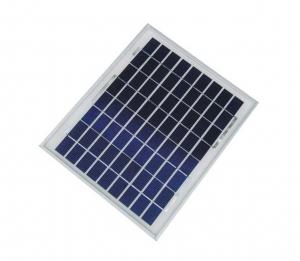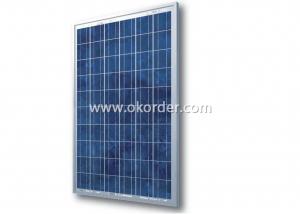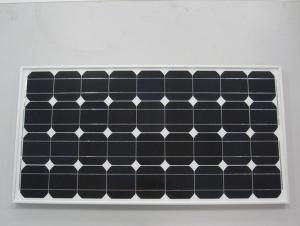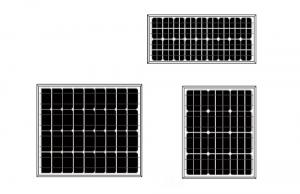Home Solar Panels - Monocrystalline Silicon 190W Solar Module EU Market
- Loading Port:
- China main port
- Payment Terms:
- TT OR LC
- Min Order Qty:
- 100000 watt
- Supply Capability:
- 10000000 watt/month
OKorder Service Pledge
OKorder Financial Service
You Might Also Like
Solar cell module production process
Line called packaging line components, packaging is the production of solar cells a key step in the packaging process without a good, multi-well battery is also not a good component of production boards. Battery package not only the battery life is guaranteed, but also to enhance the combat strength of the battery. Product quality and high service life is to win can be the key to customer satisfaction, so the quality of components of the package board is very important.
As a solar brandoriginated from America (USA) with production bases in USA, China, Taiwan andVietnam, Amerisolar is taking more competitive strategies based on its Leading Technology, High Quality, No Anti-dumping Tariff prices and worldwide Door-to-Doorlogistics services.
Key features:
Low degradation and excellent performance under high temperature and low
light conditions.
Robust aluminum frame ensures the modules to withstand wind loads up to
2400Pa and snow loads up to 5400Pa.
Positive power tolerance of 0 ~ +3 %.
High ammonia and salt mist resistance.
Mono 190w with high module conversion efficiency and high quality. Meanwhile all panels have positive power tolerance of 0 ~ +3 %.
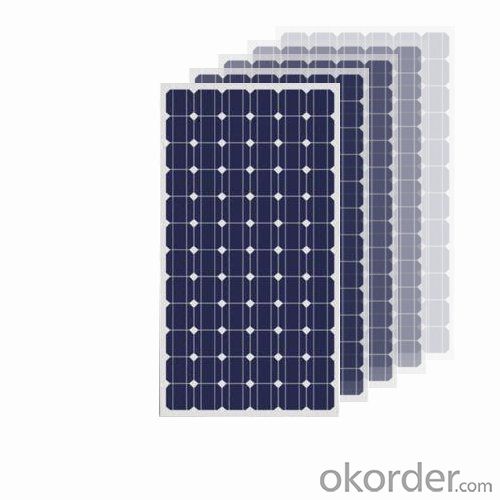
FAQ:
1. How long will my inquiry get response?
Your inquiry related to our products or prices will be replied within 24 hours.
2. Can I get professional service and suggestion?
Well-trained and experienced staffs to answer all your questions in fluent English.
3. Do you accept OEM or customized design?
OEM & ODM, any your customized lightings we can help you to design and put into product.
4. What if I need specific design?
Distributorship are offered for your unique design and some our current models.
- Q: What is the difference between monocrystalline and polycrystalline solar panels?
- Monocrystalline solar panels are made from a single crystal structure, resulting in higher efficiency and performance but at a higher cost. Polycrystalline solar panels are made from multiple crystal structures, which lowers their efficiency slightly but also reduces their cost.
- Q: Can solar panels be used in areas with high levels of hurricanes?
- Yes, solar panels can be used in areas with high levels of hurricanes. However, it is important to ensure that the solar panels are properly installed and secured to withstand the strong winds and potential debris that hurricanes can bring. Additionally, selecting hurricane-resistant solar panels and implementing proper maintenance and inspection procedures can help to mitigate potential damage and ensure their long-term functionality in these areas.
- Q: Are there any safety concerns with solar panels?
- There are a few safety concerns associated with solar panels, but they are relatively minimal and manageable. The main concerns include the risk of electrical shock during installation or maintenance if proper precautions aren't followed, fire hazards due to faulty wiring or improper installation, and potential damage from extreme weather conditions. However, with proper installation, regular maintenance, and adherence to safety guidelines, these risks can be significantly mitigated, ensuring the safe use of solar panels.
- Q: Rated in kilowatts, what is the maximum output of one 8 by 0 solar panel? Assume this solar panel is located at the equator for maximum sunlight.
- Using MTRstudent's information of 000 watts per square meter and 5% efficiency or 50 watts per square meter, your 8 ft by 0 ft panel has 7.43605 square meters of area. A panel of this size could generate about .5 Kilowatts of electricity.
- Q: Can solar panels be used in areas with frequent power outages?
- Yes, solar panels can be used in areas with frequent power outages. Solar panels generate electricity from sunlight, which means they can continue to produce power even during power outages. By installing battery storage systems, the excess energy generated during the daytime can be stored and used during periods of low sunlight or power outages. This allows solar panels to provide a reliable source of electricity in areas with frequent power outages.
- Q: Can solar panels be used to power an emergency response center?
- Yes, solar panels can be used to power an emergency response center. Solar panels can generate electricity from sunlight, which can then be stored in batteries or directly used to power the center's equipment and infrastructure. This renewable energy source can provide a reliable and sustainable power supply, making an emergency response center less dependent on traditional energy sources during critical situations.
- Q: How do solar panels affect the environment?
- Solar panels have a positive impact on the environment as they produce clean and renewable energy, reducing the need for fossil fuels. They help decrease greenhouse gas emissions, air pollution, and water usage associated with traditional energy sources. However, the production and disposal of solar panels can have some environmental impact, including the use of certain materials and energy during manufacturing. Overall, their benefits outweigh the potential drawbacks.
- Q: Interested in buying solar panels to save on electric bill.Any government help plans?
- I live in Ohio so I'm not sure if this is nationwide, but in Ohio there are grants you can apply for if you're investing in alternative energy for your house. I would look into those grants if they're available in your area.
- Q: Can solar panels be used to power a satellite?
- Yes, solar panels can be used to power a satellite. Solar panels on a satellite are designed to convert sunlight into electricity, which is then used to power various systems and instruments onboard the satellite. The panels are typically made of photovoltaic cells that generate electricity when exposed to sunlight, allowing satellites to operate in space where traditional power sources like batteries or fuel cells may not be practical.
Send your message to us
Home Solar Panels - Monocrystalline Silicon 190W Solar Module EU Market
- Loading Port:
- China main port
- Payment Terms:
- TT OR LC
- Min Order Qty:
- 100000 watt
- Supply Capability:
- 10000000 watt/month
OKorder Service Pledge
OKorder Financial Service
Similar products
Hot products
Hot Searches
Related keywords
